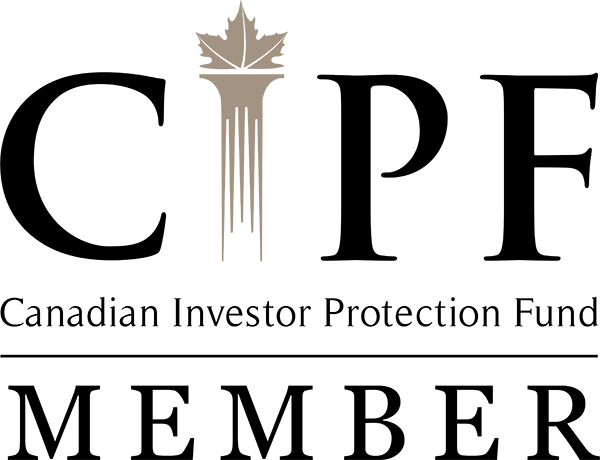Not April Fools
True facts that you can take advantage of today to grow your wealth. This is for us Canadians north of the border! To be honest, these are very elementary explanations. Simplifications if you would. For a full breakdown of how these programs can be used to your advantage, speak with your financial planner today.
- Tax-free saving account:
You’ve probably heard the only certainties in life are death and taxes. So is a tax-free account really tax free? Here’s how it works. You begin by contributing to your tax-free savings account. Currently contributions are $6,000 annually but they can change year to year. The benefit is you can withdraw at any time and any Canadian earned income is not taxable. There are no restrictions on how your withdrawals can be spent and withdrawals will not be counted as income. There are no tax slips, a common question we get because these are tax free accounts. There’s more to it. When managed correctly a TFSA can be a great savings vehicle. Issues can arrive if you accidently over contribute, so always consult a professional.
- Registered Education Savings Plans:
This is for families saving for their children’s education. The Government of Canada (CESG) will match 20% of contributions per beneficiary per year. Meaning, if you contribute $100, the Government gives you $20. Free money! Up to a limit of $500 per year. You can contribute a lifetime maximum of $50,000, but the Government will max out the grant at $7,200 per child. This grant has a time limit and stops in the childs 17 year if minimum contribution levels have been met. RESPs can be for individual children or pooled together in a family plan. This way if one child goes to post-secondary school and another child does not, the family still has access to the principal deposit and growth. Again, consult a professional for your family’s specific needs.
- Retirement Pension Income splitting:
This program is specifically for spouses in retirement. Qualified pension income can be split with your partner. Essentially the two pension income streams are pooled together and then split to some degree up to a maximum of 50%. The idea is reduce the overall taxation of the couple. This is on a case-by-case basis. Sometimes the lower income earner can remain in their current tax bracket while the high-income earner lowers theirs. This is not tax advice! Just a heads up on what may be possible. Please consult an accountant for optimal pension splitting.
Conclusion
Knowledge is power! There are financial programs that you can take advantage of to grow your wealth and get FREE money. No fooling.
We have done our best to simplify these concepts for ease of reading but cannot stress enough the importance of seeking out qualified financial advice from a professional.
…





